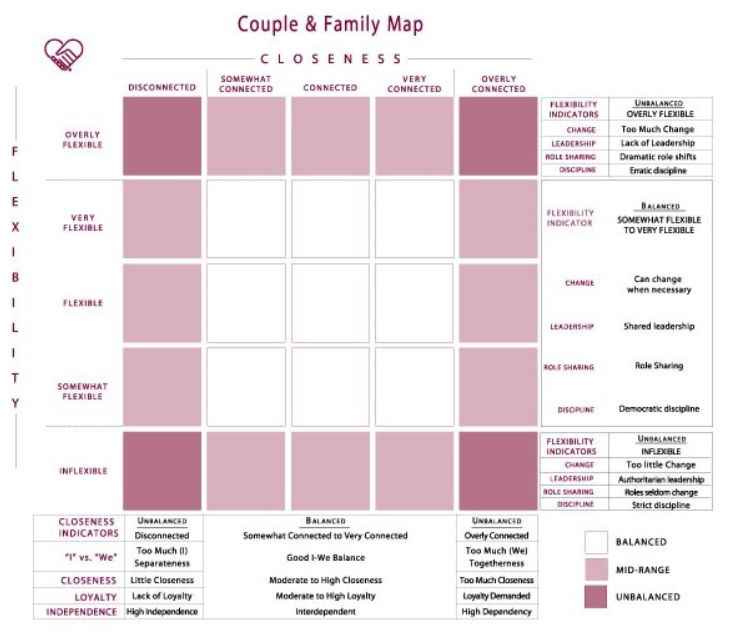Toxic Positivity
- rogerlinpsyd
- Sep 29, 2022
- 2 min read
Updated: Sep 30, 2022
Positivity is a good for our mental health. It is helpful to practice optimism, fuel hope, celebrate accomplishments, and express gratitude. But positivity becomes problematic when it rejects negative emotions. Toxic positivity is addressing situations without empathy. It dismisses the reality of challenges that we face. Toxic positivity does not come from the intention to cause harm, but it often comes from a place of discomfort. Stress and negative emotions are difficult to deal with so sometimes we avoid them. Toxic positivity often occurs when we want to help fix a problem, but don't know how to.
Examples of toxic positivity: 1. Platitudes: Saying a known, popular moral phrase.
2. Placating: Trying to get someone to not feel their negative emotion.
3. Denial, Rejecting, Ignore, Avoiding, Suppressing
4. False reassurance: Instead of acknowledging the uncertainty, you provide false hope.
5. Invalidation: You argue that the emotions/thoughts are not real.
6. Projection: You think someone is thinking/feeling something, when in fact you are the one thinking/feeling it yourself.
Toxic positivity is similar to learned helplessness.
Learned helplessness occurs when you go through stressful situations and you believe that there is nothing you can do to control or change the stressful situation. This is exasperated if a caretaker consistently removes you from the stressful situation without teaching you how to deal with stress yourself. Eventually, this pattern of learned helplessness results in passivity, avoidance, withdraw, giving up, and disengaging from opportunities, even when they are available.
Toxic positivity is similar to learned helplessness in that we are conditioned to not engage with the problems we are facing.
Authentic positivity
So what is the alternative to toxic positivity? What does authentic positivity look like? Happiness does not come from suppressing negative emotions and reciting positive affirmations. Happiness comes from authentically experiencing our emotions in the moment, both positive and negative emotions, and being able to accept and express ourselves.

Comments